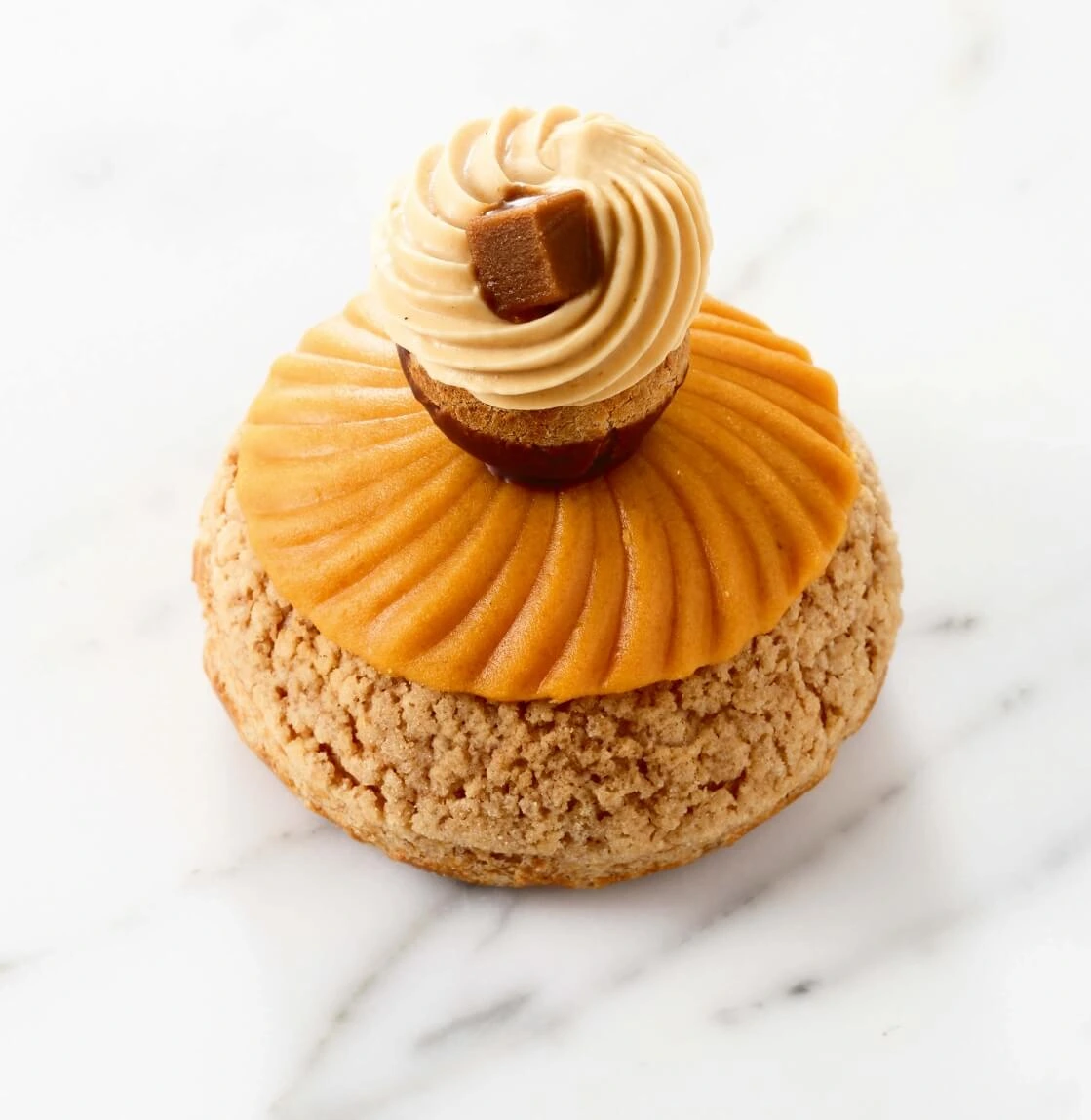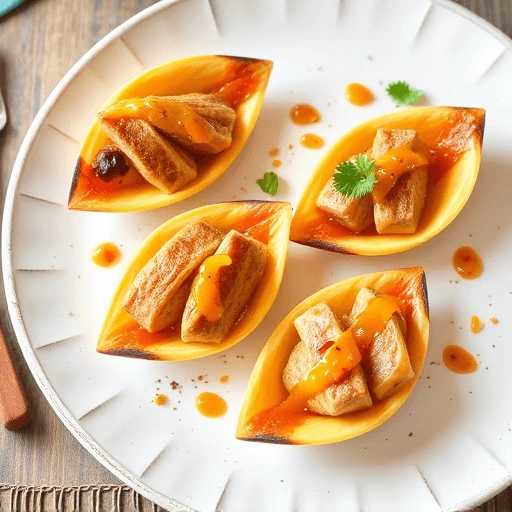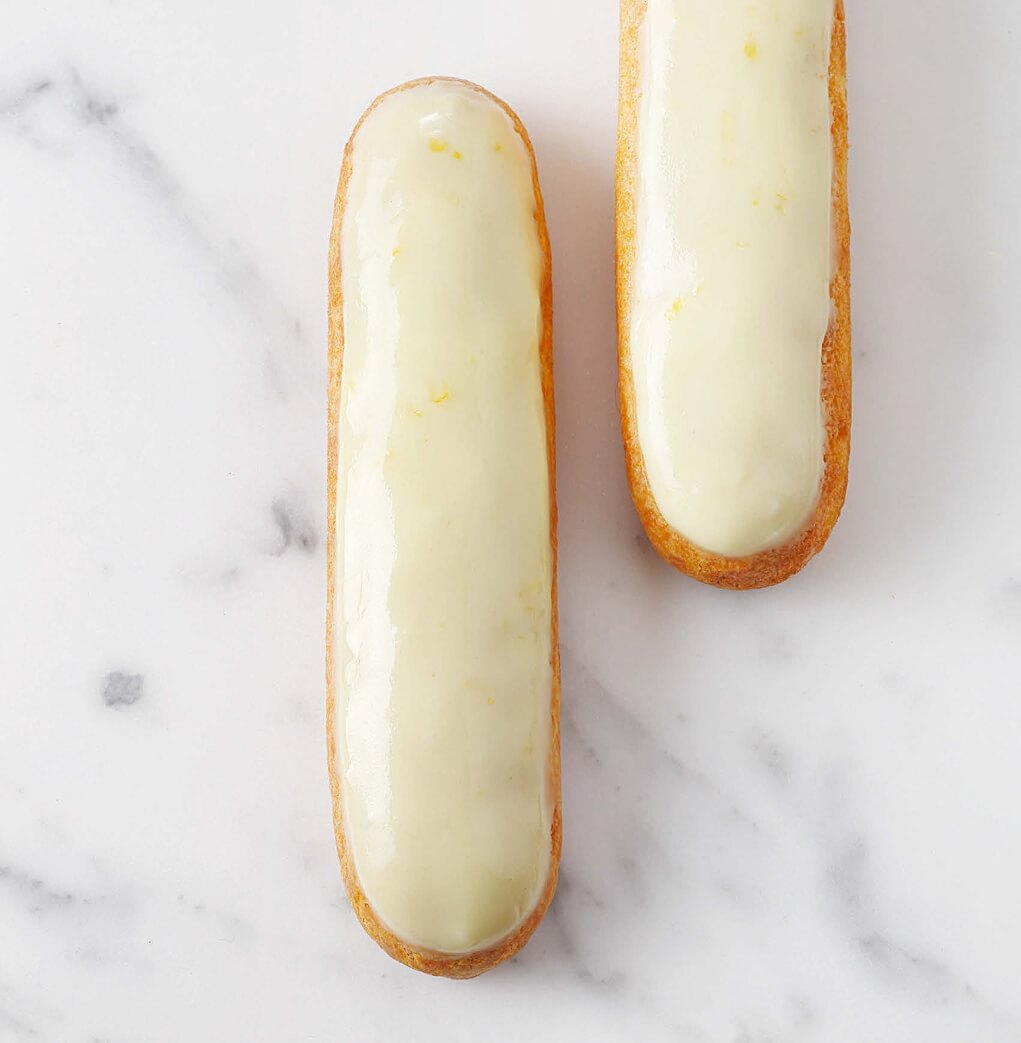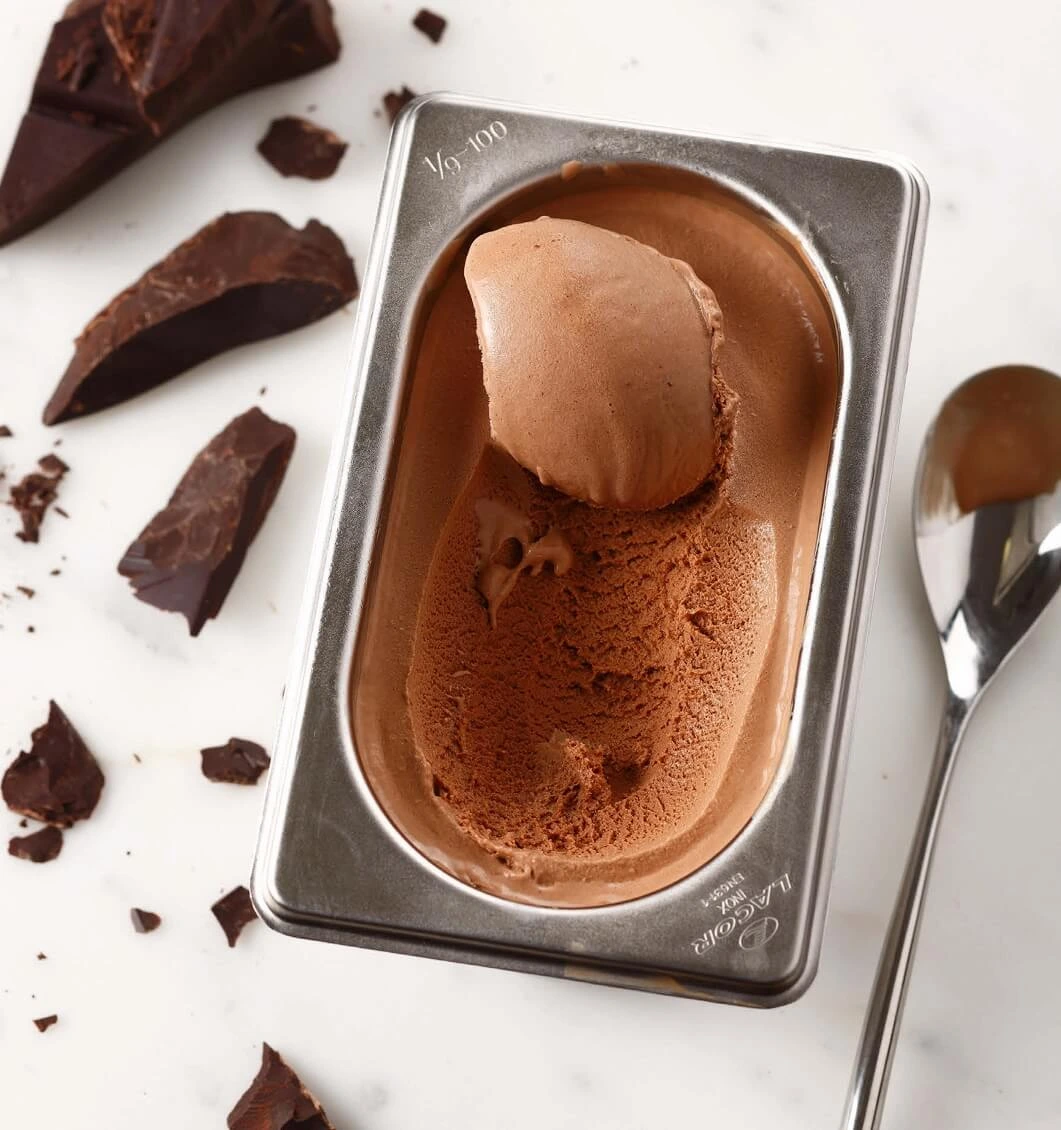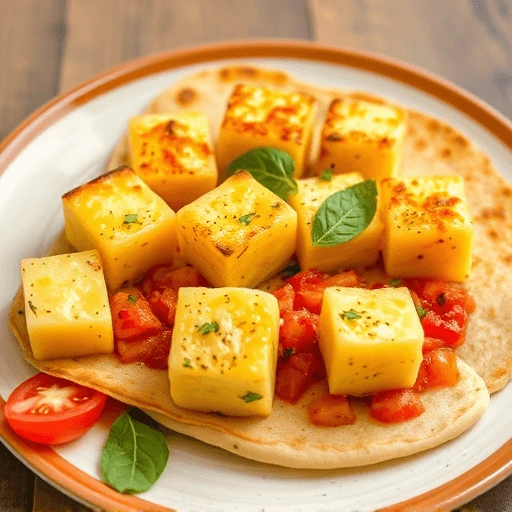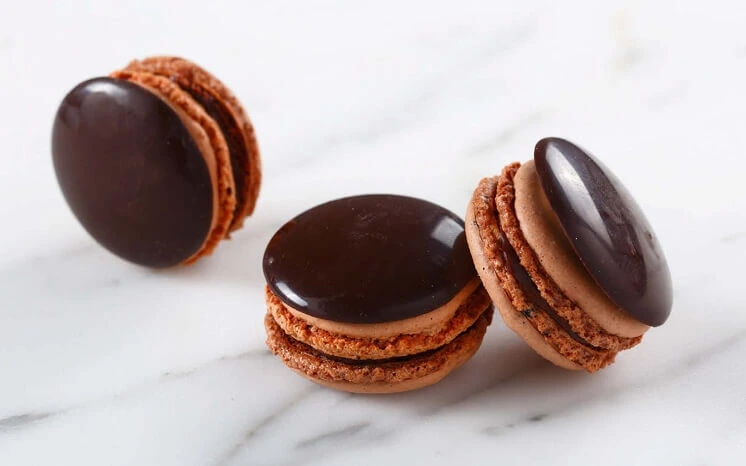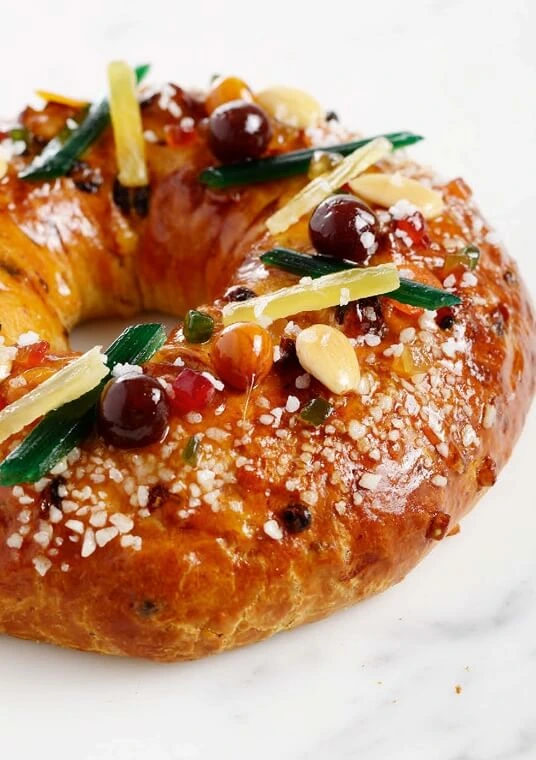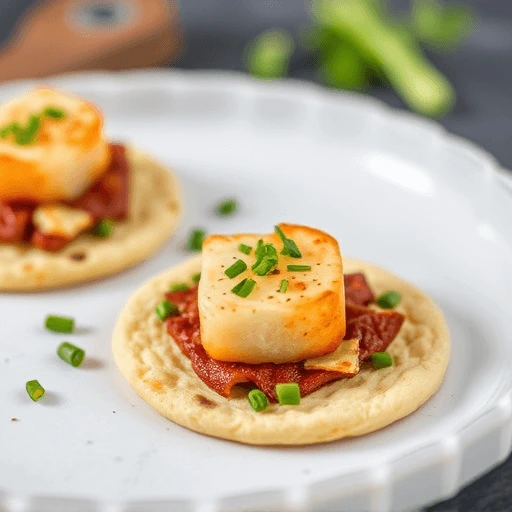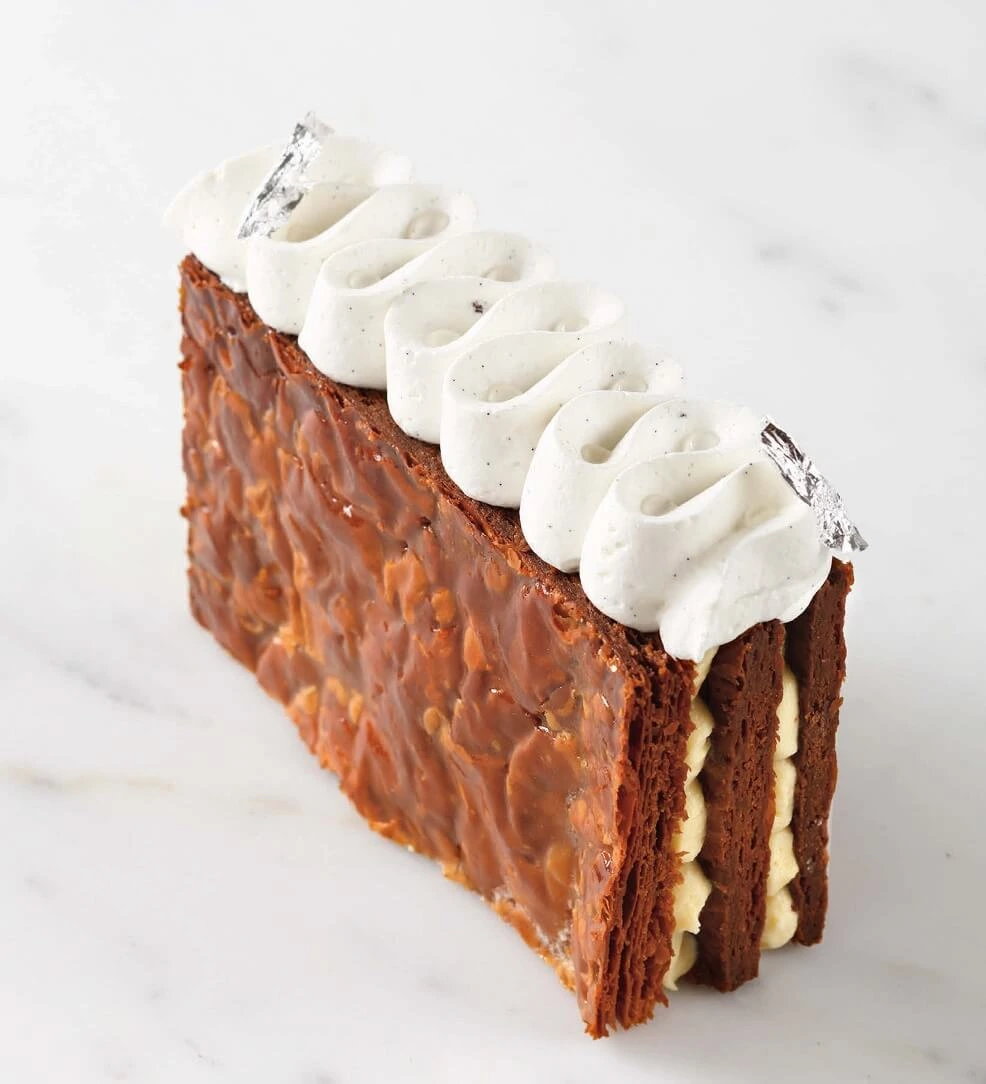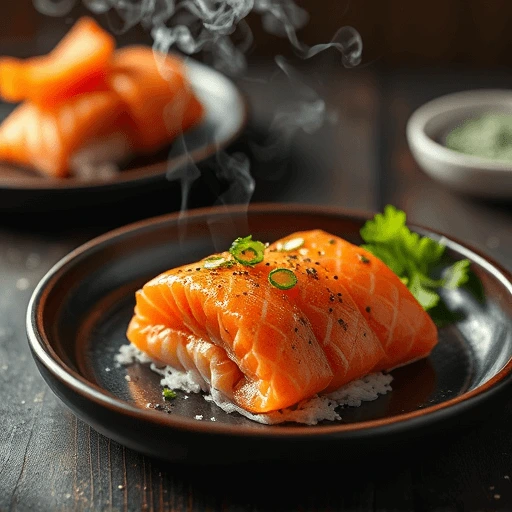15 Steps to Perfect Caramel Religieuses Every Time
caramel religieuses recipe There are pastries that impress with complexity, and others that seduce with comfort — the religieuse au caramel does both. A timeless emblem of French pâtisserie, this elegant choux pastry brings together silky fillings, refined textures, and deep, buttery notes of caramel in a layered delight that feels both nostalgic and sophisticated. … Read more

